-
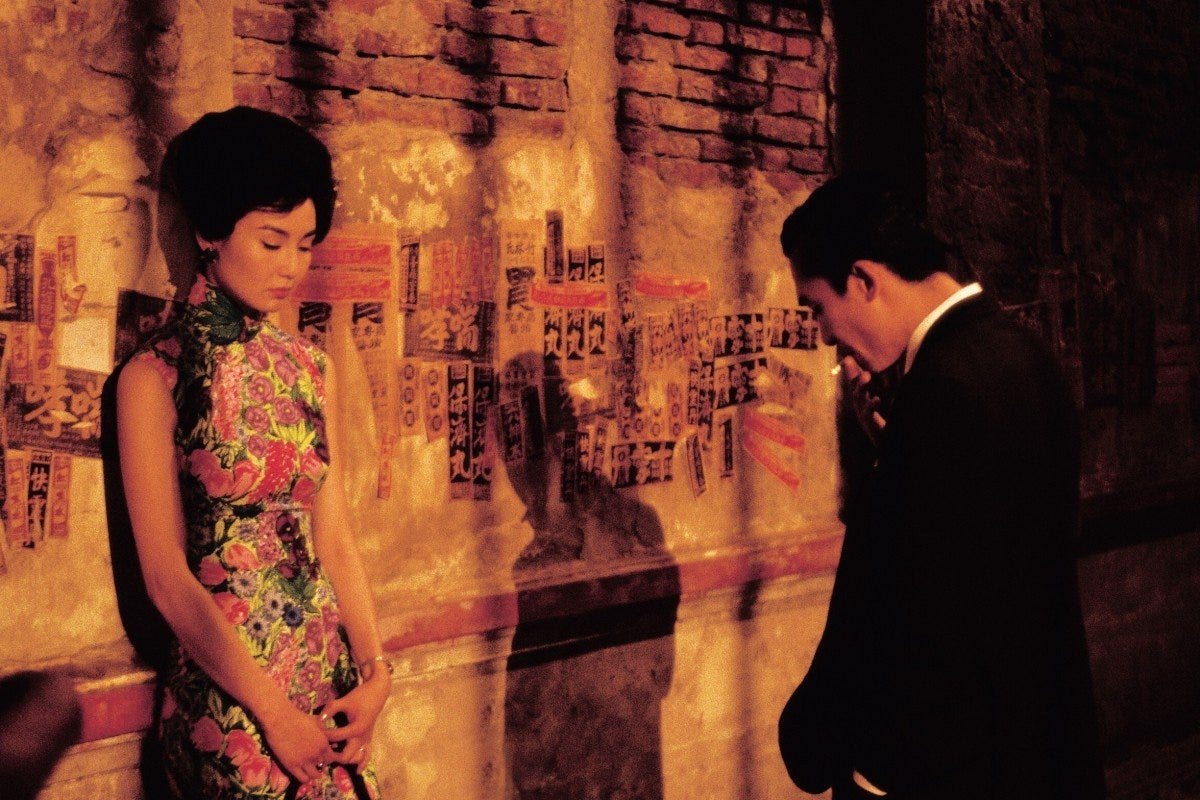
The Best Films of the 2000s Decade
The greatest films of the 2000s, from the Korean New Wave to the resurgence of the fantasy genre.
-
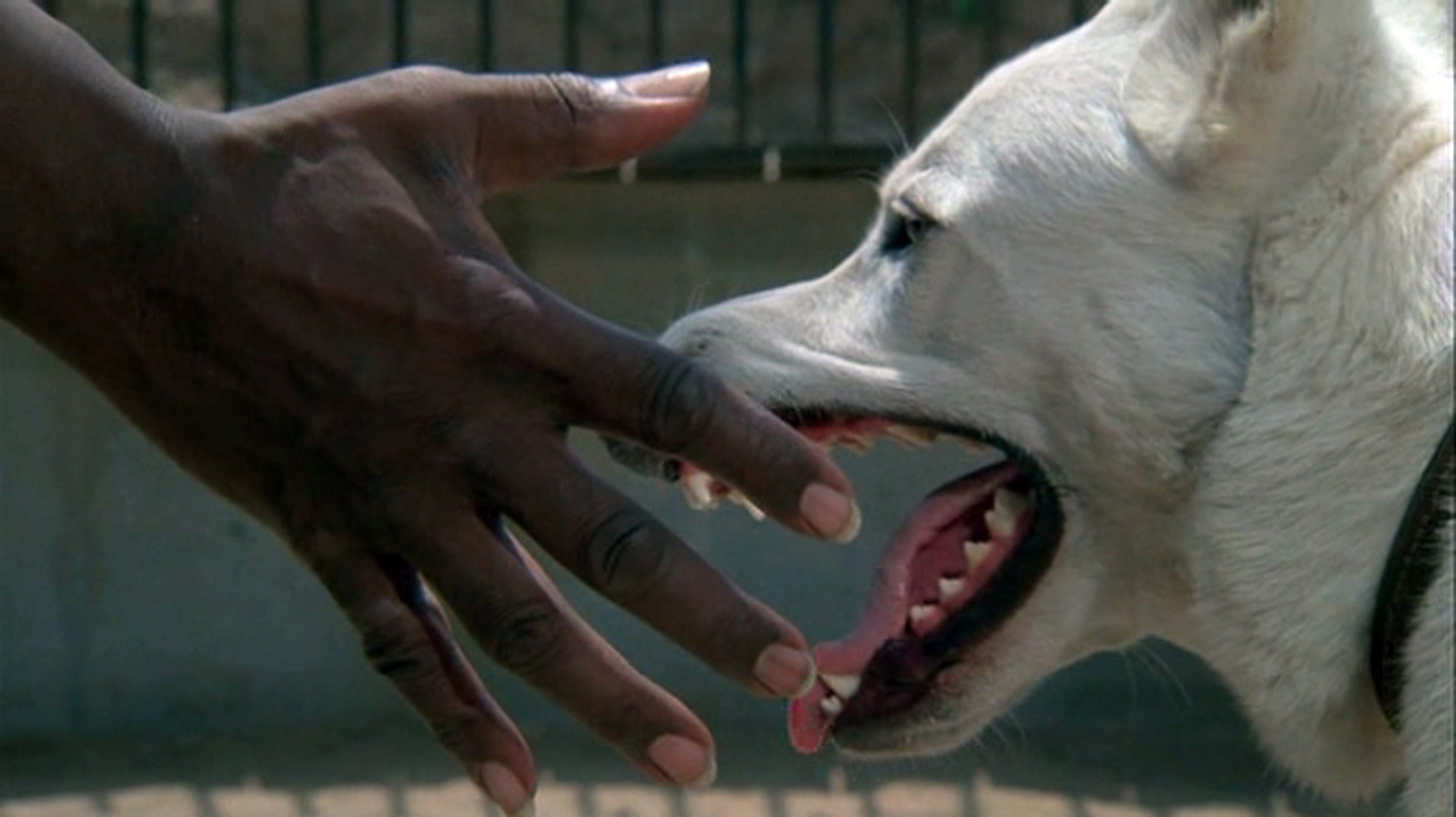
White Dog (1982)
That Samuel Fuller deftly imbues White Dog’s allegory for racist indoctrination with all the tension of a pulpy horror film makes for an extraordinarily creative triumph, framing the titular animal as a two-sided monster as sweetly innocent as it is violently prejudiced, and thoughtfully questioning whether such deep-rooted conditioning can ever be separated from its…
-
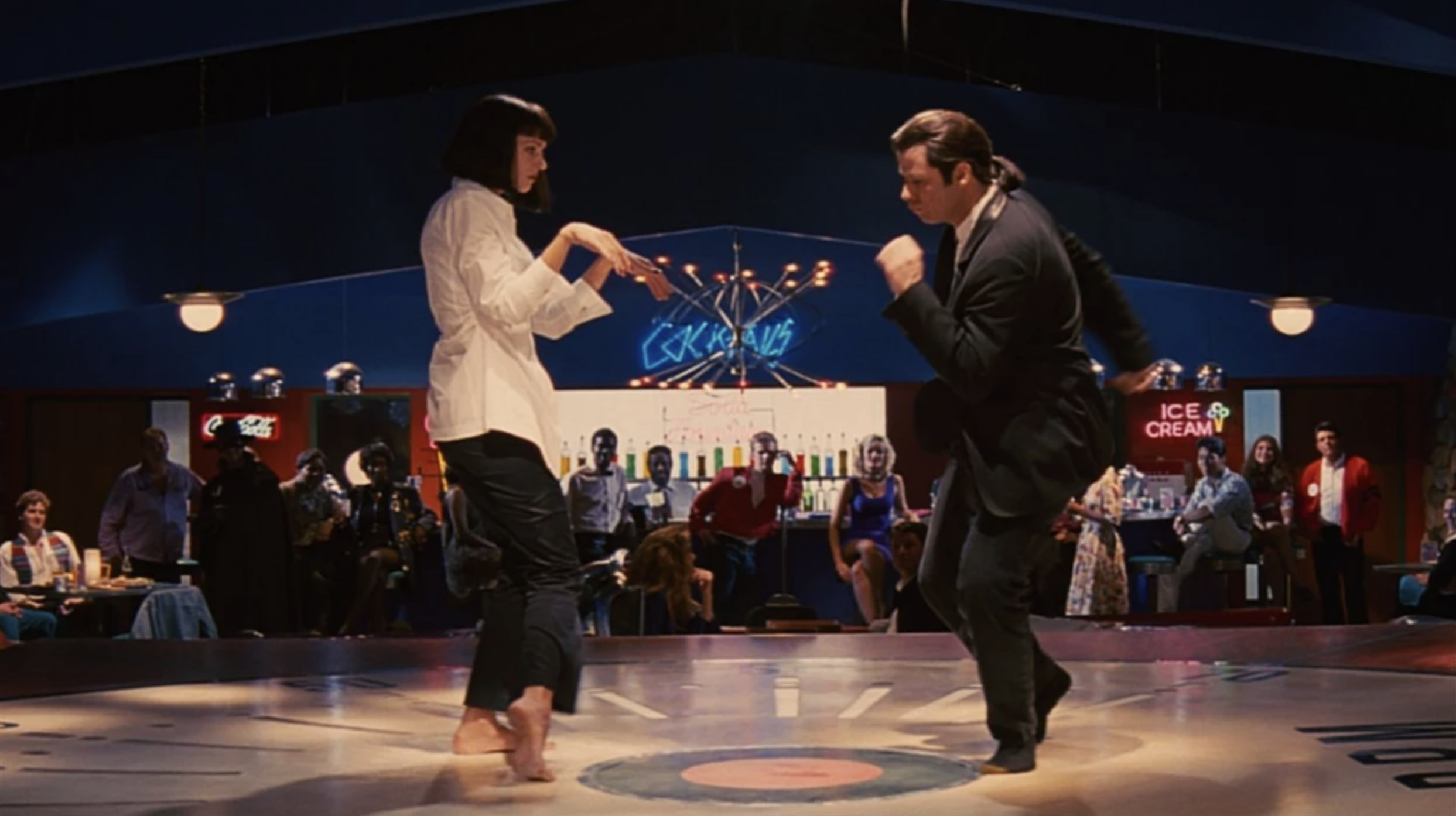
The Best Films of the 1990s Decade
The greatest films of the 1990s, from America’s independent cinema to the start of the digital age.
-
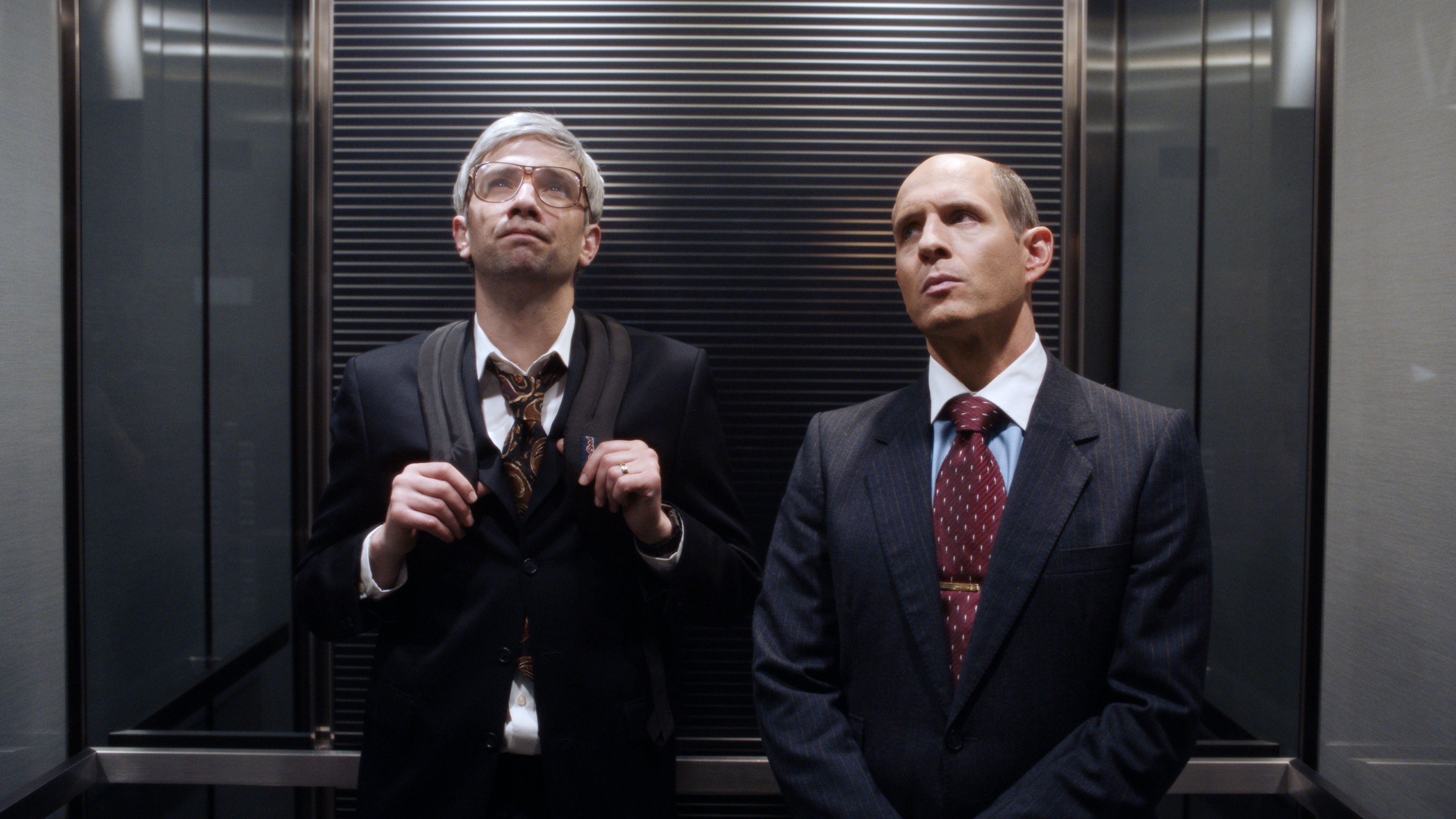
BlackBerry (2023)
With much of Hollywood recently taking to the feel-good stories of successful entrepreneurs, the unlikely pairing of a naïve tech bro and cutthroat businessman in BlackBerry proves to be a satirically wry subversion of that formula, taking us behind the scenes of the most catastrophic business failure of the 21st century with a sharply cynical…
-
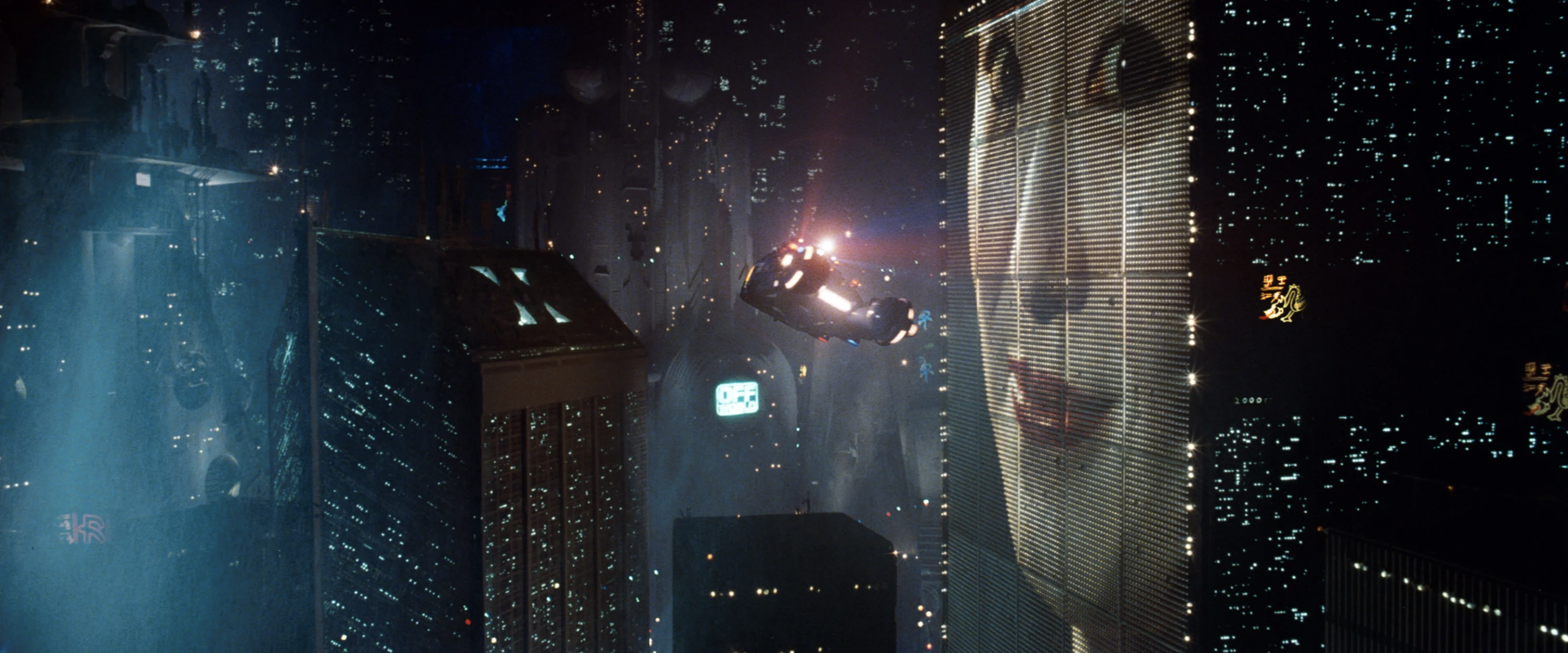
The Best Films of the 1980s Decade
The greatest films of the 1980s, from the end of New Hollywood to the rise of the modern blockbuster.
-
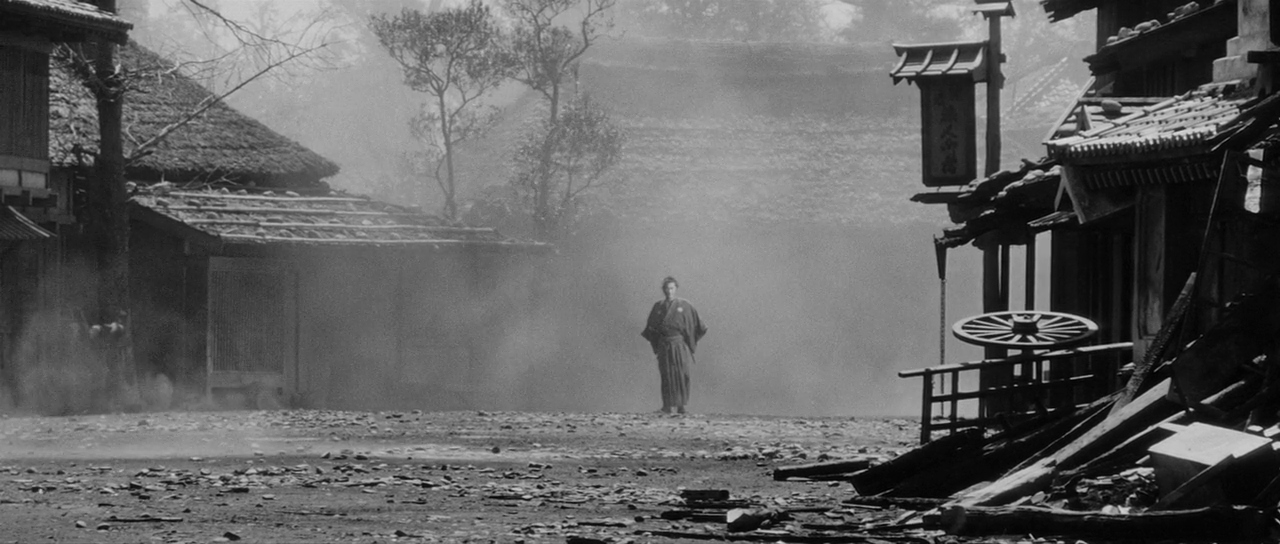
Yojimbo (1961)
Akira Kurosawa builds a complex ensemble of characters in Yojimbo’s compelling narrative of rival crime lords and Shakespearean power struggles, though it is the mysterious samurai who wanders into their midst who commands the greatest power of them all, seemingly walking straight out of Japanese mythology to save the town held hostage by a violent…
-

The Best Films of the 1970s Decade
The greatest films of the 1970s, from the American New Wave to Europe’s bleak surrealism.
-
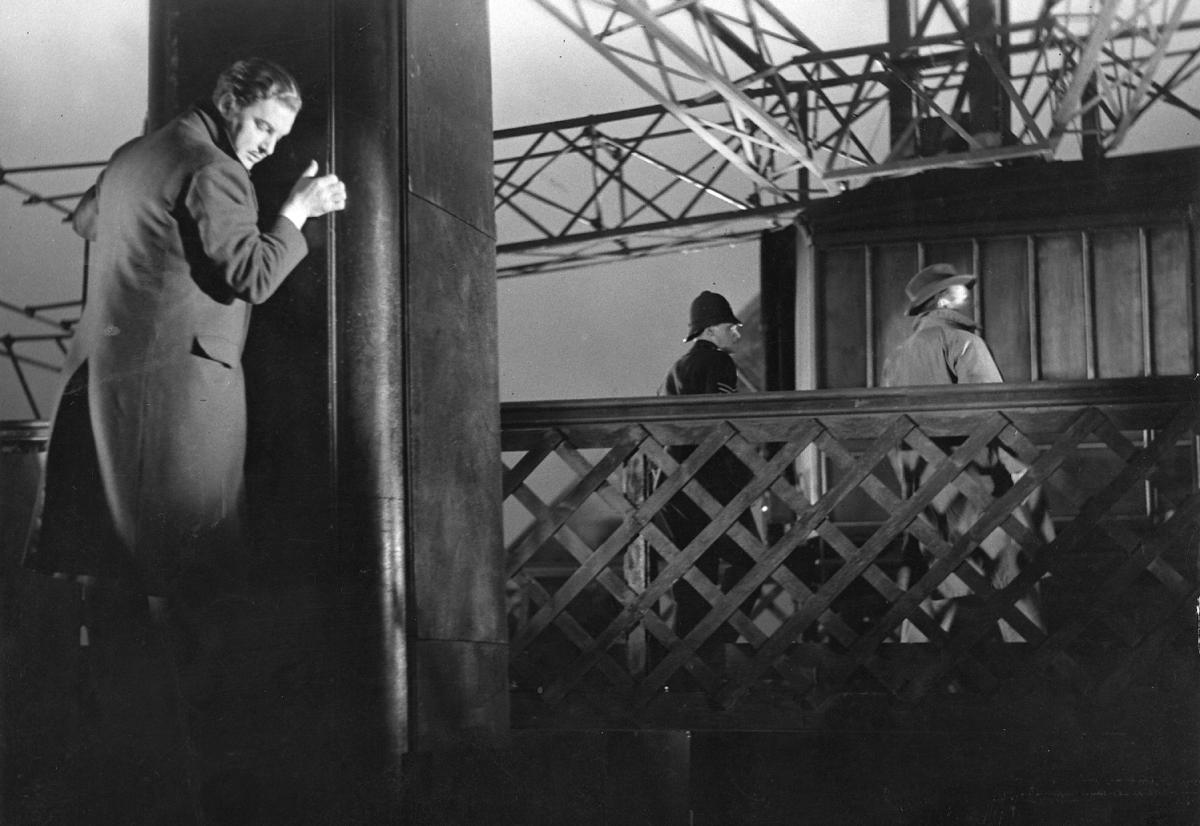
The 39 Steps (1935)
Despite its thrilling espionage plot and enormous stakes, The 39 Steps is far more fascinated in the sweet allure of danger that sends one man through Scottish moors, monuments, and to the heart of a deadly conspiracy, paralleling Alfred Hitchcock’s own growing psychological obsessions with corruption and pleasure throughout the 1930s.
-

The Best Films of the 1960s Decade
The greatest films of the 1960s, from the French New Wave to the subversive Spaghetti Westerns.
-

Autumn Sonata (1978)
Like the persistent rotation between immaculately framed wide shots and close-ups, and the seasonal changes implied within the title Autumn Sonata, both mother and daughter are trapped within cycles of repression in Ingmar Bergman’s psychological family drama, poignantly recognising them as similarly flawed copies of each other.
-
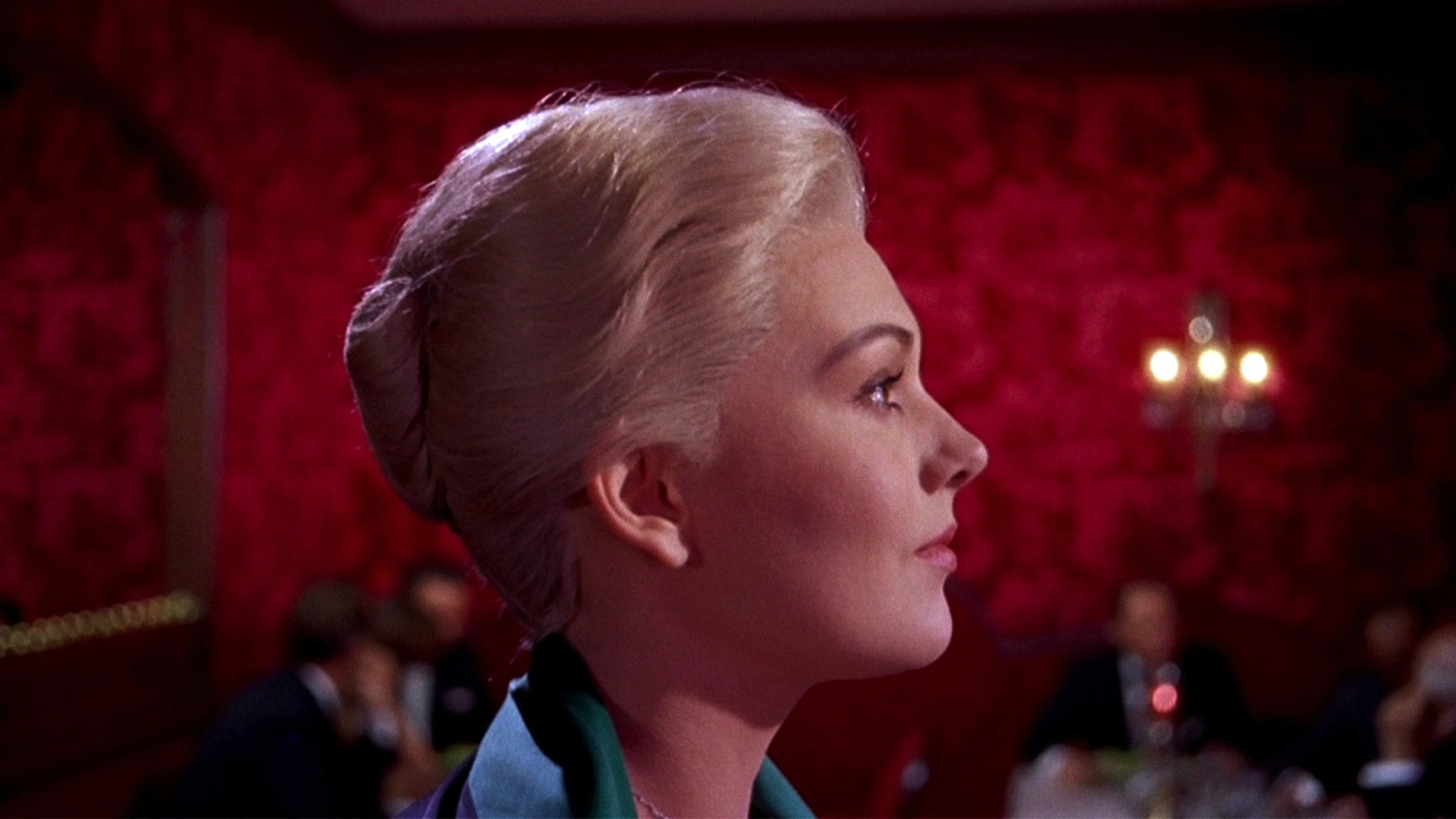
The Best Films of the 1950s Decade
The greatest films of the 1950s, from the classic Hollywood musicals to Japan’s Golden Age of cinema.
-
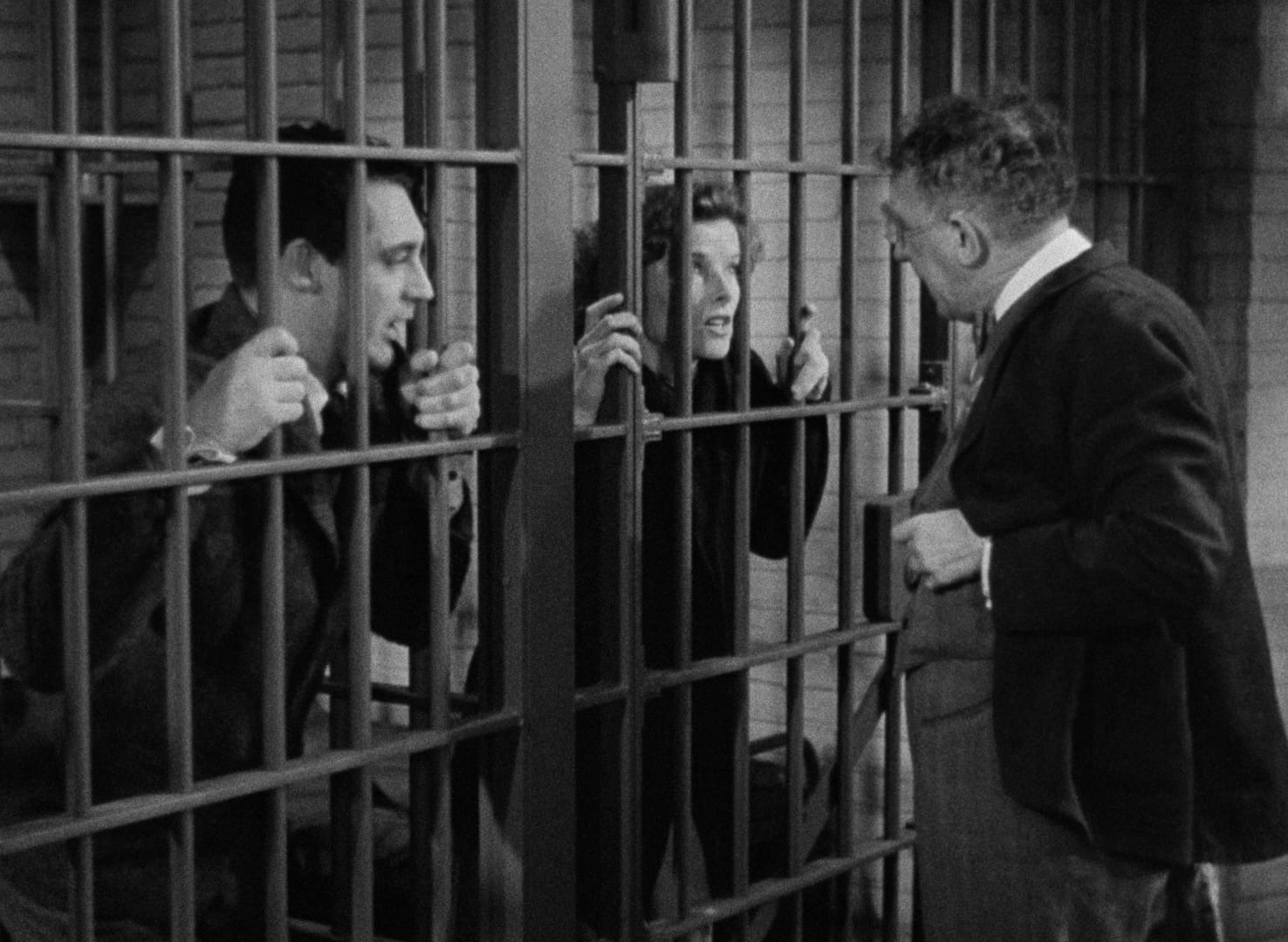
Bringing Up Baby (1938)
The eccentric, madcap energy of Bringing Up Baby isn’t atypical of 1930s screwball comedies, but Howard Hawks reaches near-perfection in his orchestration of sexual innuendos, animalistic subtext, and an amusingly tense dynamic between polar opposites finding an unlikely romance as reluctant caretakers of a leopard.

